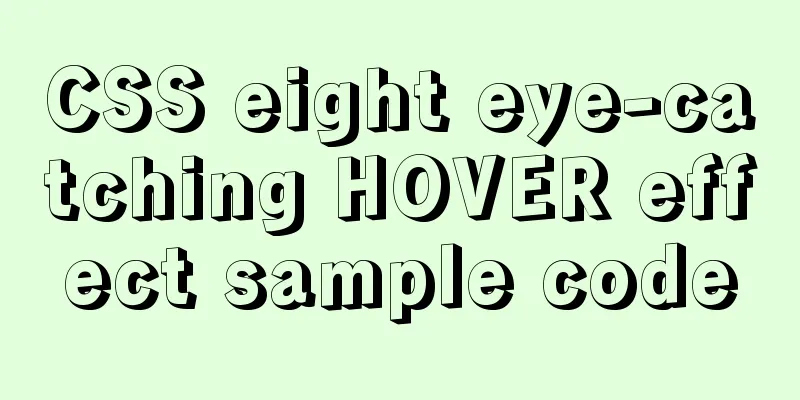Understand the usage of Vue2.x and Vue3.x custom instructions and the principle of hook functions

Vue2.x UsageGlobal RegistrationVue.directive(directive name, {custom directive lifecycle}) Partial Registrationdirectives: {directive name, {custom directive lifecycle} } usev-instruction name: attribute name.modifier="value"
Hook function —> Related to the custom component Hook function parametersNote: In custom instructions, you cannot use this directly 1. 2. 3. 4. Vue3.x UsageUsage is the same as Vue2.x Global RegistrationVue.directive(directive name, {custom directive lifecycle}) Partial Registrationdirectives: {directive name, {custom directive lifecycle} } usev-instruction name: attribute name.modifier="value" Global registration as a plugin
Hook functionCompared with Vue2.x, the hook function has changedThe final API is as follows:
const MyDirective = {
created(el, binding, vnode, prevVnode) {}, // Add beforeMount() {},
mounted() {},
beforeUpdate() {}, // Add updated() {},
beforeUnmount() {}, // Add unmounted() {}
}
The above is the detailed content for understanding the usage of Vue2.x and Vue3.x custom instructions and the principles of hook functions. For more information about Vue2.x and Vue3.x, please pay attention to other related articles on 123WORDPRESS.COM! You may also be interested in:
|
<<: Linux uses stty to display and modify terminal line settings
>>: Datagrip2020 fails to download MySQL driver
Recommend
Implementation of importing and exporting vue-element-admin projects
vue-element-admin import component encapsulation ...
A small collection of html Meta tags
<Head>……</head> indicates the file he...
Vue shopping cart case study
Table of contents 1. Shopping cart example 2. Cod...
Implementation method of Mysql tree recursive query
Preface For tree-structured data in the database,...
Summary of some tips on MySQL index knowledge
Table of contents 1. Basic knowledge of indexing ...
In-depth explanation of the impact of NULL on indexes in MySQL
Preface I have read many blogs and heard many peo...
Analysis of the principle and usage of MySQL continuous aggregation
This article uses examples to illustrate the prin...
Native JavaScript to achieve skinning
The specific code for implementing skinning with ...
Detailed use cases of vue3 teleport
Official Website https://cli.vuejs.org/en/guide/ ...
How to install docker on centos
Here we only introduce the relatively simple inst...
ElementUI implements sample code for drop-down options and multiple-select boxes
Table of contents Drop-down multiple-select box U...
Detailed explanation of how to install mysql5.7.16 from source code in centos7 environment
This article describes how to install mysql5.7.16...
Detailed explanation of firewall rule settings and commands (whitelist settings)
1. Set firewall rules Example 1: Expose port 8080...
How to test network speed with JavaScript
Table of contents Preface Summary of the principl...
Abbreviation of HTML DOCTYPE
If your DOCTYPE is as follows: Copy code The code ...











